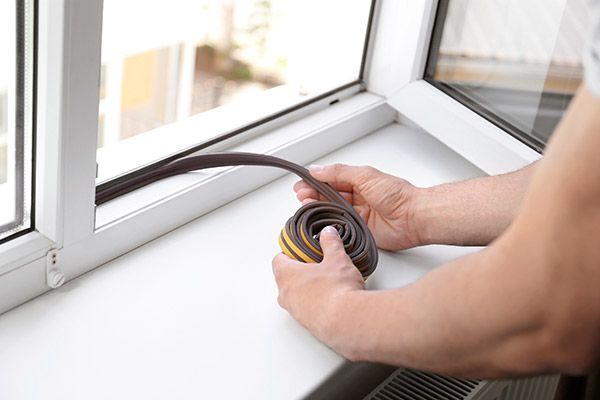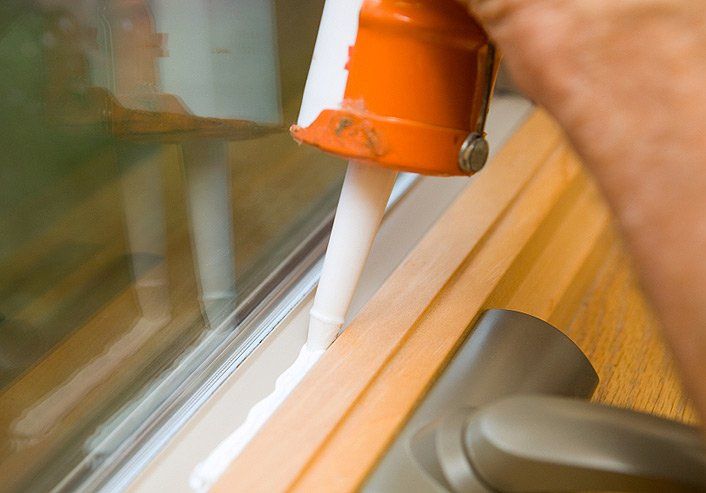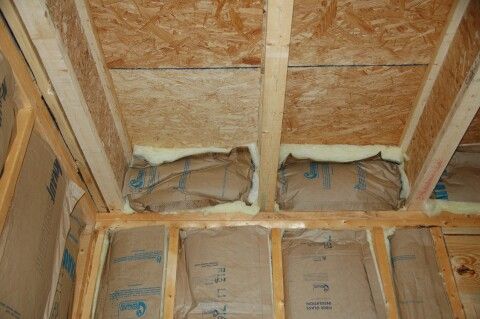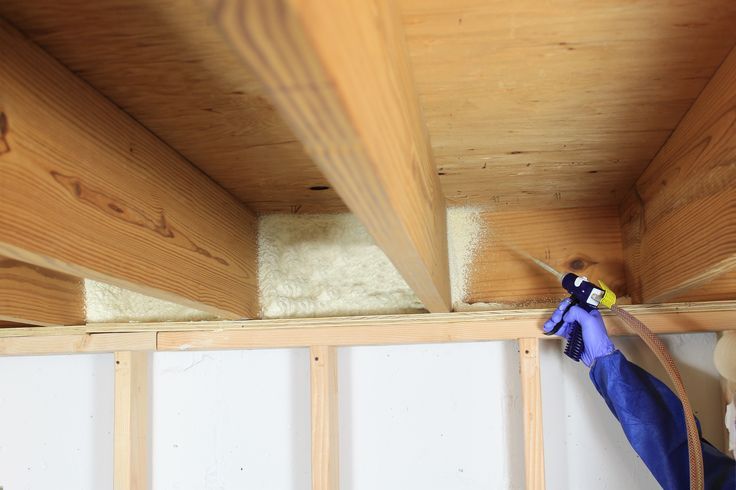Weatherization: Good, Better, Best
No matter what time of year it is, proper insulation and air sealing can benefit your household.
It takes a lot of energy to keep your home comfortable all year long. Insulation and air sealing are two upgrades that work together to increase comfort, provide consistent temperatures throughout the home, lower heating and cooling costs, improve indoor air quality, and reduce stress on your heating and cooling equipment.
Let us compare some of the different ways you can address insulation and air sealing in your home.
Good
Weather stripping, door sweeps, and caulking are cost-effective ways to weatherize your home yourself. To begin, you will want to locate drafts in your home by sitting in a room and taking note of any hot or cold air coming from outside. You can also purchase an infrared thermometer to search for drafts and air leaks.
Weather Stripping and Door Sweeps
Weather stripping can be applied to both your windows and doors. Make sure any old weather stripping is removed before installing new weather stripping. A door sweep seals up any gaps at the bottom of your door.

Caulking
You can use caulking to seal air leaks in a variety of places around your home. Look around your windows and door frames for cracks or gaps. Additionally, caulking can be used to stop air leaks around faucets, water pipes, and other plumbing fixtures. Additionally, use pipe wrap insulation on the first six feet of pipe coming off of your water heater.
ProTip: These are included in Focus on Energy's free Energy-Saving Packs.

Better
If you want to take your DIY journey a step further, you can seal up areas in your basement and insulate the basement box sills. There are tutorials online, or you can find a contractor to help with the installation.
Basement Air Sealing
Just as hot air can enter your home from the attic, so can cold air leak in from the basement. You can use foam or caulk to seal along the foundation, at the bottom and the top of rim joists, and around any place where there are vents or pipes leading to the outside.

Basement Box Sill Insulation
The basement box sill is one of the thinnest points in a home’s exterior, making it a common area for cold air to enter. Located around the edge of the basement ceiling where the joists meet the walls, you can use rigid foam along with expanding foam spray to seal up the area.

Best
Ensure your entire home is as comfortable and energy efficient as possible. To receive rebates, check with your contractor to complete the weatherization upgrades, including areas in your attic. If you prefer a hands-on approach, DIY rebates are available.
Attic Insulation + Air Sealing
The attic can be one of the largest energy wasters in your home. Not only is it an area that can lose cool air in the summer and warm air in the winter, but a lack of insulation and air sealing can cause moisture to accumulate, which can damage your home. A contractor can check your existing insulation levels, check for air leaks, and install attic insulation and air sealing in hard to reach or potentially hazardous areas.

Not sure where to start? 🤔
Consider a home energy assessment from Focus on Energy to help identify areas in your home that cause discomfort and high energy bills.




